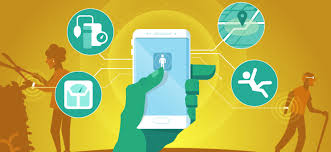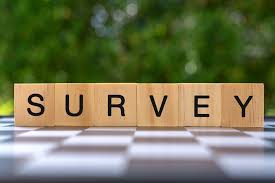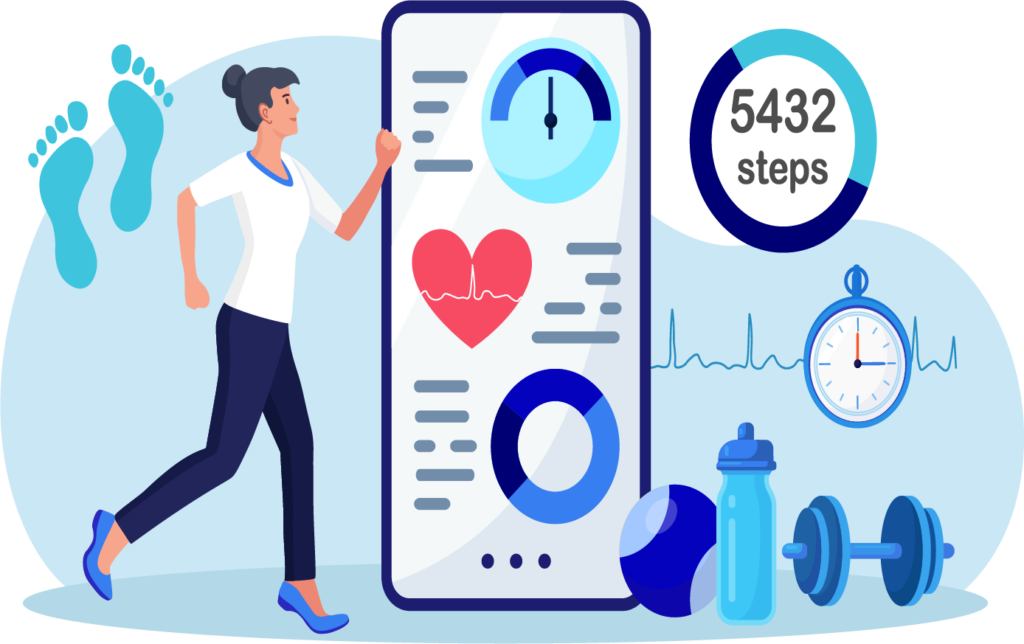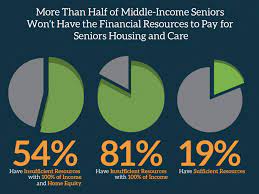Nuance Audio is a new option for people who resist traditional aids, from the company that makes Ray-Bans and operates LensCrafters.
Seekers of Meaning Podcast Posted Online March 7, 2025
What's Next Longevity Deal Talk Episode 32, January, 2025
Presentation: What's Next Longevity Venture Summit, June, 2025
WAWABILITY 2025, Washington DC, July, 2025

 Sensor-based remote monitoring of older adults – a good idea in 2009. That year, GE
Sensor-based remote monitoring of older adults – a good idea in 2009. That year, GE  Surveys were released recently that trigger some debate. Consider whether the low adoption of health-related tech is due to flaws with the tech or with the survey questions? AARP’s responders only had
Surveys were released recently that trigger some debate. Consider whether the low adoption of health-related tech is due to flaws with the tech or with the survey questions? AARP’s responders only had  Older adults today are beneficiaries of widespread tech access. And it really does fulfill the 2011 prediction in the AARP report,
Older adults today are beneficiaries of widespread tech access. And it really does fulfill the 2011 prediction in the AARP report, 